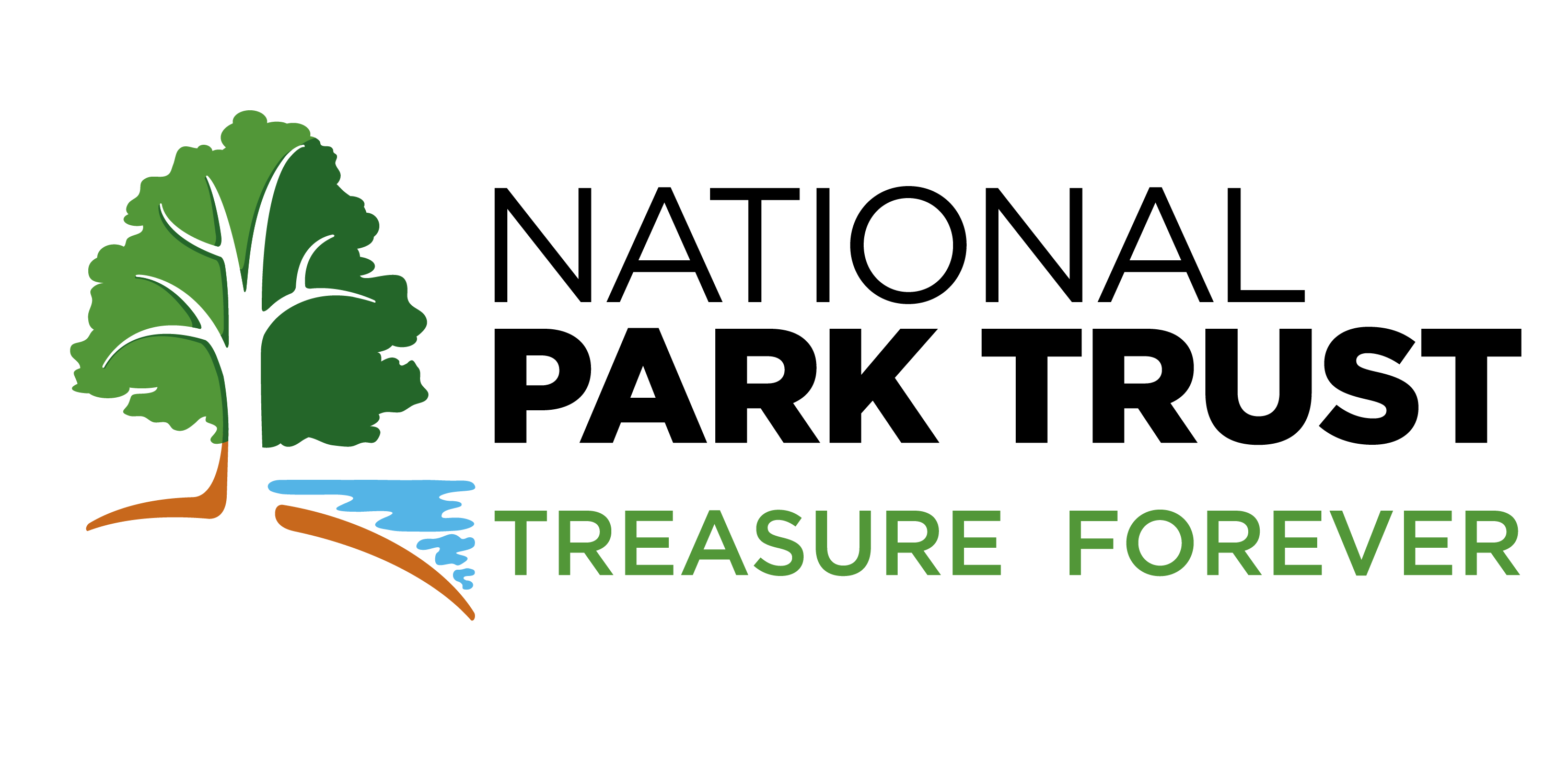10 Powerful African American Heritage Sites You Should Know About

Each year, the presidential proclamation designates February as Black History Month, a time to honor the rich and often-overlooked contributions of Black Americans. Beyond the well-known landmarks, many national park sites have powerful stories of resilience, innovation, and triumph. These ten national monuments and historic sites tell some of their remarkable stories.
AFRICAN BURIAL GROUND NATIONAL MONUMENT | New York, NY
In lower Manhattan, a chilling discovery of a burial ground revealed the remains of over 15,000 African Americans, many of whom were enslaved. This monument memorializes the role of slavery in shaping early New York City and the lives of those who were buried here.

TUSKEGEE AIRMEN NATIONAL HISTORIC SITE | Tuskegee, AL
Moton Field in Tuskegee stands as a testament to the first African-American military airmen of WWII. Despite facing segregation, the Tuskegee Airmen became one of the most respected groups in the U.S. military, helping pave the way for the full integration of the armed forces.
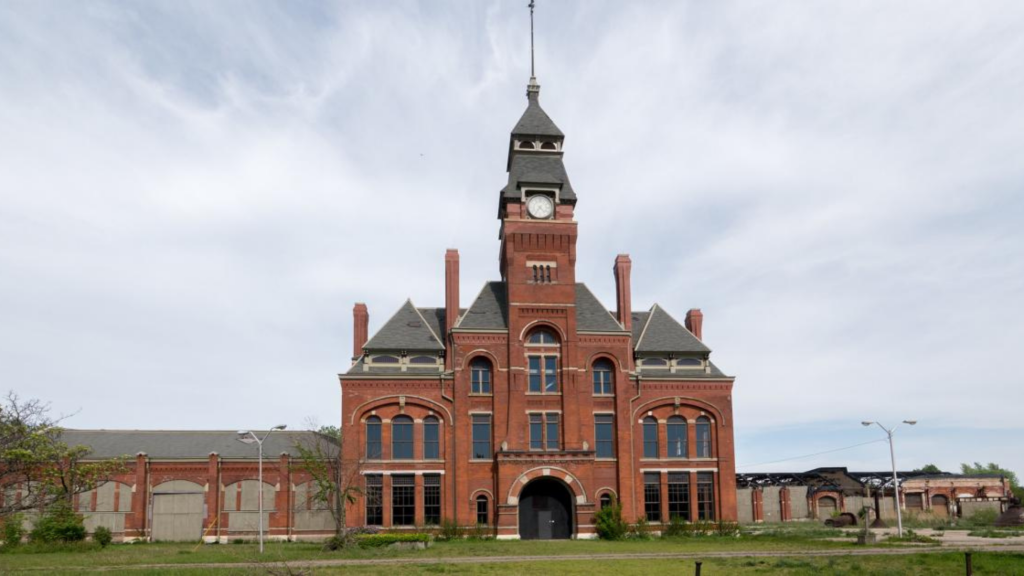
PULLMAN NATIONAL MONUMENT | Chicago, IL
The Pullman District is known for the first major labor agreement between an African American union and a U.S. company, and its role in the 1894 Pullman strike. As the first planned industrial community, it also tells the story of workers’ rights and the African American labor movement.
CARTER G. WOODSON HOME NATIONAL HISTORIC SITE | Washington, DC
Carter G. Woodson, often called the “Father of Black History,” passed away at this “office-home” in 1950. Woodson’s establishment of “Negro History Week” in 1926, which later became Black History Month, marked a pivotal moment in recognizing the contributions of African Americans.
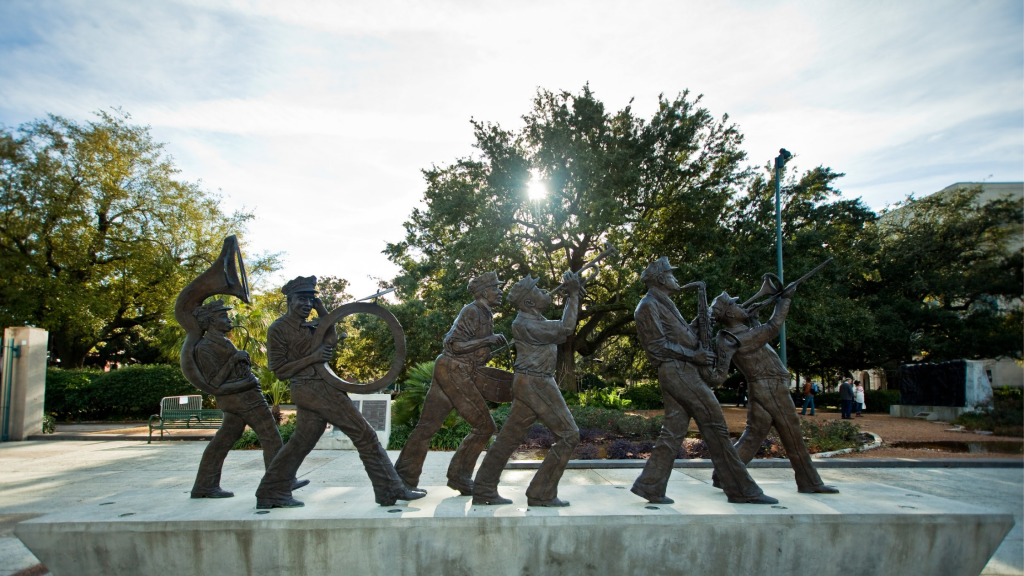
NEW ORLEANS JAZZ NATIONAL HISTORICAL PARK | New Orleans, LA
This park celebrates the birthplace of jazz, located in the vibrant Tremé neighborhood. Through exhibits and performances, it shares the cultural history of the people and places that influenced the evolution of jazz in New Orleans.

BROWN V. BOARD OF EDUCATION HISTORIC SITE | Topeka, KS
At this pivotal site in Kansas, learn about the landmark Supreme Court case that declared “separate but equal” public education unconstitutional, marking a significant victory for civil rights and the desegregation of schools.
GEORGE WASHINGTON CARVER NATIONAL MONUMENT | Diamond, MO
The birthplace of the renowned scientist and educator George Washington Carver, this monument preserves the home and childhood grounds where Carver’s passion for nature and innovation flourished. He became known for his work in agricultural science, developing hundreds of food products.
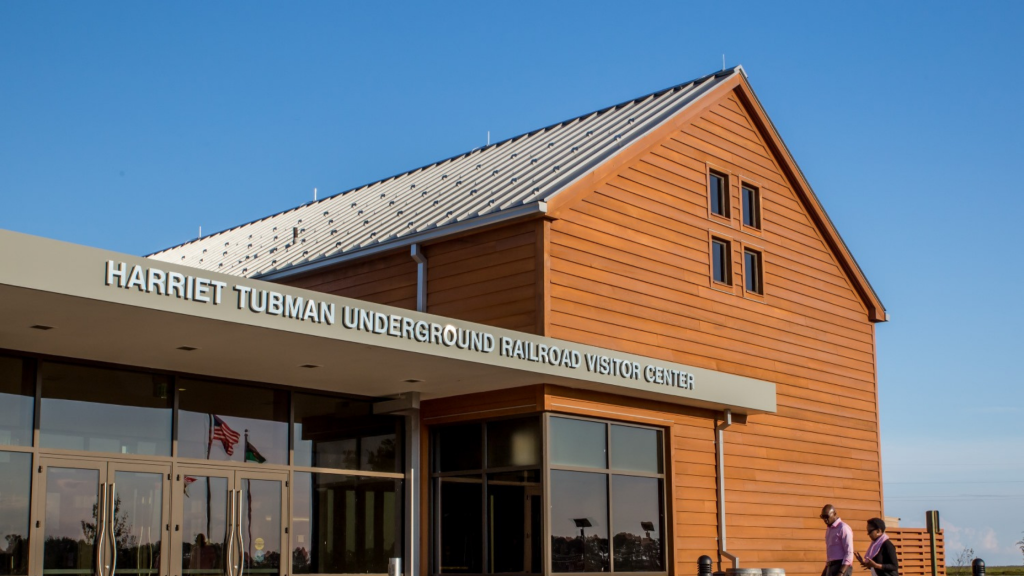
HARRIET TUBMAN UNDERGROUND RAILROAD NATIONAL HISTORICAL PARK | Cambridge, MD
This site commemorates the courageous life of Harriet Tubman, the “Moses of her people.” Tubman led nearly 70 enslaved individuals to freedom, and the park memorializes her bravery and the Underground Railroad.
NICODEMUS NATIONAL HISTORIC SITE | Nicodemus, KS
Located in the “promised land” of Kansas, Nicodemus tells the story of the last African-American settlement west of the Mississippi River. It stands as a reminder of the migration of formerly enslaved African Americans seeking better opportunities after the Civil War.
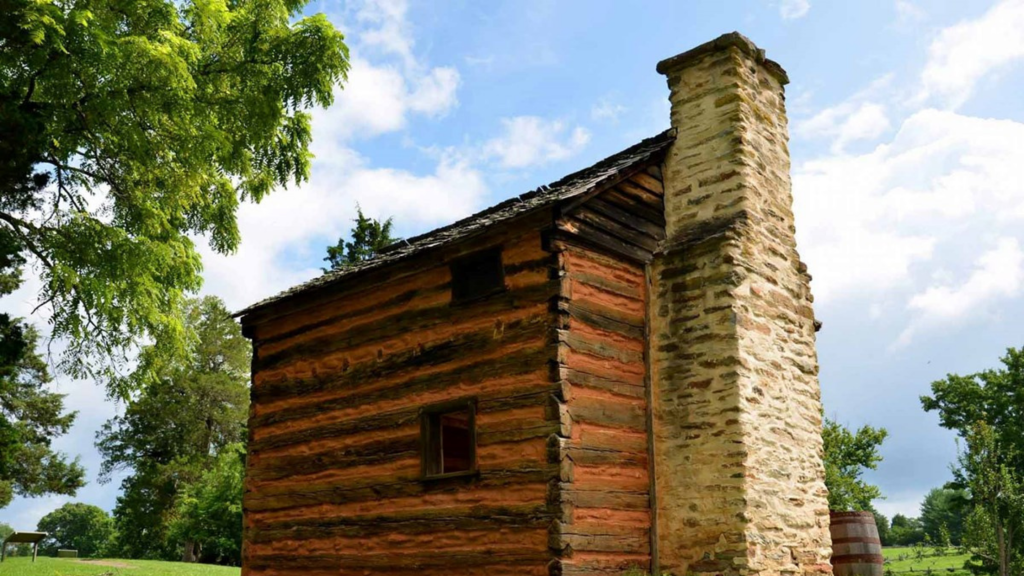
BOOKER T. WASHINGTON NATIONAL MONUMENT | Hardy, VA
This Virginia monument preserves the farm where Booker T. Washington was born into slavery. Washington’s remarkable life as an educator and leader is honored here, highlighting his role in shaping the path toward educational equality.
These national monuments and historic sites serve as powerful reminders of the African American journey—from oppression to achievement. Each location offers a unique story of resilience and progress, ensuring these pivotal chapters of history are remembered and honored for generations to come.
